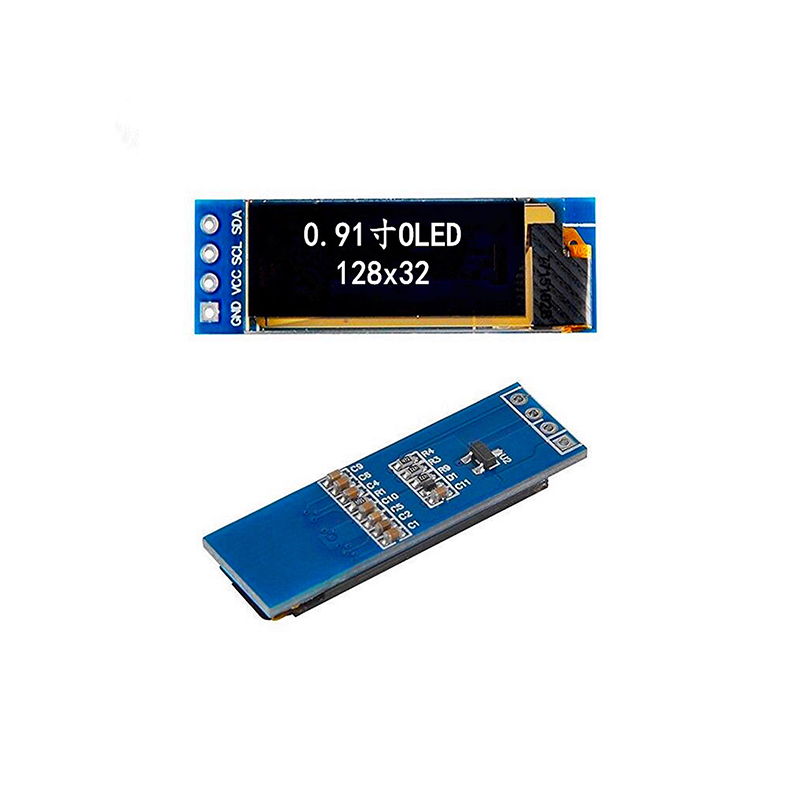
Finding the perfect RLCD (Reflective Liquid Crystal Display) product can be challenging. This guide provides a detailed overview of various RLCD products, helping you choose the optimal solution for your specific needs. We'll explore key features, applications, and considerations to ensure your selection aligns perfectly with your project requirements.
Reflective LCDs are a type of liquid crystal display technology that utilizes ambient light for illumination. Unlike transmissive LCDs which require a backlight, reflective LCDs reflect ambient light, resulting in lower power consumption and improved visibility in bright environments. This makes them ideal for applications where energy efficiency and sunlight readability are critical. This technology is often used in applications where power consumption is a major factor, such as portable devices or outdoor displays.
Key features that distinguish RLCD products include superior sunlight readability, low power consumption, and a slimmer profile compared to transmissive LCDs. Their ability to operate effectively in various lighting conditions makes them versatile across numerous applications.
The resolution and size of the RLCD product are crucial considerations. Higher resolution offers sharper images and more detail, while the size should align with the intended application and viewing distance. For example, a smaller, higher-resolution display might be suitable for a portable device, while a larger display with a lower resolution might suffice for a simple outdoor signage application.
The viewing angle determines the range of angles from which the display remains easily viewable. A wider viewing angle is preferable for applications with multiple viewers. The contrast ratio represents the difference in brightness between the darkest and brightest parts of the display; a higher contrast ratio results in crisper images and better readability.
The operating temperature range of the RLCD product is crucial, especially for outdoor applications. Ensure the chosen display can withstand the expected temperature fluctuations without performance degradation. Some RLCD products are designed for extreme temperatures, making them suitable for harsh environments.
Different RLCD products offer various interfaces and connectivity options. Consider the compatibility with your existing system when selecting a display. Common interfaces include SPI, I2C, and parallel interfaces. Choosing the right interface ensures seamless integration into your application.
Reflective LCDs are frequently used in industrial control panels due to their superior readability in harsh lighting conditions and low power consumption. The robustness of these displays also ensures reliable operation in demanding industrial environments.
The excellent sunlight readability of RLCD products makes them ideal for outdoor signage. Their low power consumption also reduces operational costs compared to traditional backlit displays.
Their energy efficiency makes RLCD products a popular choice for portable devices such as handheld GPS units or industrial meters, where battery life is a primary concern.
| Manufacturer | Key Features | Typical Applications |
|---|---|---|
| Dalian Eastern Display Co., Ltd. https://www.ed-lcd.com/ | High-brightness, wide viewing angle, customizable designs | Industrial control panels, outdoor signage, handheld devices |
| [Manufacturer 2] | [Features] | [Applications] |
| [Manufacturer 3] | [Features] | [Applications] |
Note: This table provides a general comparison. Specific product specifications vary depending on the model. Please consult individual manufacturer websites for detailed information.
Selecting the best RLCD product requires careful consideration of several factors. By understanding the technology, its key features, and the specific application requirements, you can make an informed decision that meets your needs and ensures optimal performance. Remember to always consult manufacturer specifications to confirm suitability for your specific project.












